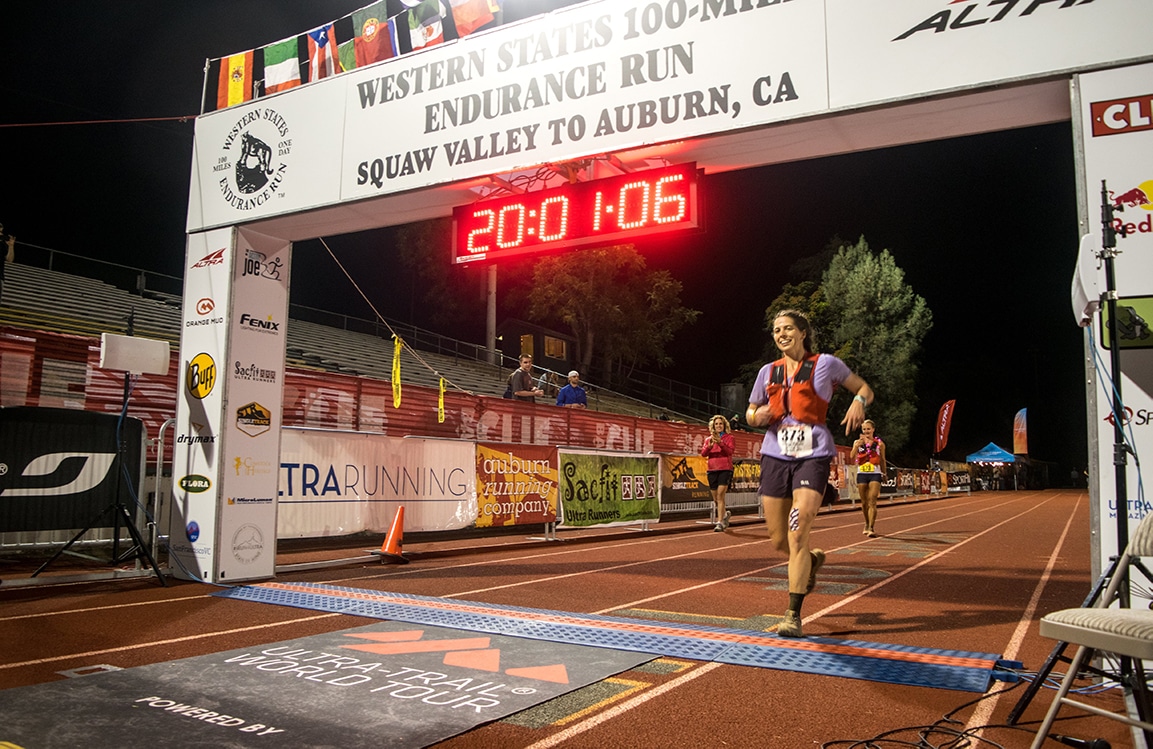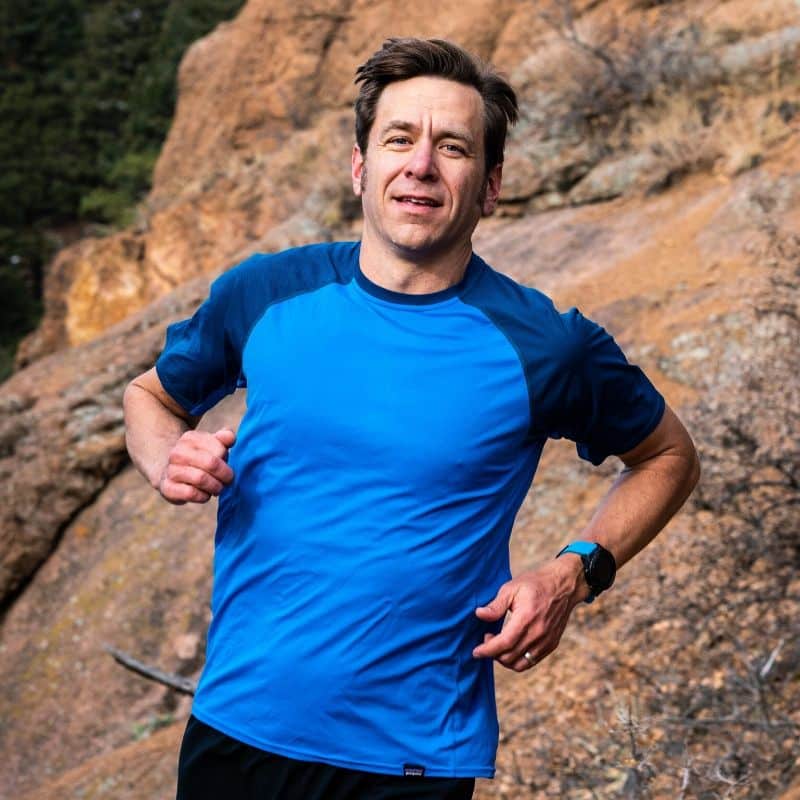
Data Wanted: Your Opportunity to Contribute to the Science of Ultrarunning
By Jason Koop,
Head Coach of CTS Ultrarunning
This past week, I launched a crowd sourced data gathering project aimed at acquiring race files from a number of prominent ultramarathons around the world. The aim of the project is to find out exactly how ultrarunners pace themselves, as well as how much hiking vs. running occurs during races. Ultrarunning is such a varied sport, you can choose to either run or hike in a variety of situations: uphill, downhill, flat, you name it. I’ve written before on what we know about when it’s most beneficial to switch from a run to a hike and back. But, very little is known about how we naturally switch from one mode to the other and back. This project hopes to shed some light on this.
Why this matters
When I was a young and developing coach, one of the consistent things the more senior coaches drilled into my innocent brain was to understand the demands of the events athletes were training for. As it turns out, some of these demands are quite easy to determine, yet others were confounding. I could easily answer questions like how long the event was, how much climbing and descending the athlete would have to withstand, what intensity was reasonable to sustain, and how many calories one would have to ingest. These problems could be answered by looking at course profiles, combing through the available scientific literature, and utilizing a bit of logic. However, some event demands were less straight forward to ascertain.
For example, one of the more perplexing questions was: how much hiking and running would the athlete have to endure? You could make simple guesses based on the severity and duration of the climbs and descents, but if I’m being honest, that’s all they were, educated guesses. Furthermore, it was hard to extrapolate how much effort it takes to maintain a running cadence up a climb relative to the reward of the time savings. Or would switching to hiking, even if it was a bit slower, be a better use of one’s effort? The conundrum of when to hike and when to run still has not been solved. In fact, our current best guess is to ‘hike when it’s easier, run when it’s not’, which is a far cry from the direction I would like to give athletes.
What questions to we want to answer?
1. How does pacing affect performance?
Some initial work done by former Western States medical director Marty Hoffman indicates that the best runners are those whose speeds vary the least throughout a race. That’s kind of a no sh!t statement, but reinforces that (particularly in 100-mile races) pacing is critical. It’s an easy statement to make, but a hard strategy to execute. This is because ultramarathons are run at very low intensities, which are easily sustainable for many hours of training, but perhaps not an entire race. Any cursory look at the consistently obliterated fields at the UTMB races is all the proof you need for this. The elites and cohorts of everyday athletes alike will be relatively close through 50k and 80k, but then the field is gradually dismantled from those points forward, until the winners prevail.
2. How much hiking and running is performed at various races?
Harking back to my earlier experience trying to determine the demands of a particular event, we really don’t have a good grasp on exactly how much hiking and how much running is typical in any ultramarathon race, across a variety of finishing times. So, using the data we are going to collect and using a predetermined cadence cutoff we will be able to gather generalized run/walk data across a wide variety of races and finishing times.
3. Does running or hiking confer faster finishing times?
Here’s one of the million dollar questions: will walking more confer an advantage? To get to the answer, if we see groupings of athletes with higher walk percentages finish faster than athletes with higher run percentages, we’ll be on to something.
How to participate
Participation in this project is easy, all you need are race files! I’ve created this Google form, complete with instruction on how to get your file from any Strava account into the study. We are gathering a wide variety of races from flat 50k to mountainous 100’s and 200’s, from both the US and international scene. If you do not use Strava, you are welcome to submit any original file from your Garmin, Suunto or Coros account. Only files from complete races will be accepted. If you are in doubt, just submit the file and if we can use it, we will! All data will be anonymized and only presented as group data and trends.
► Free Ultrarunning Training Assessment Quiz
Take our free 2-minute quiz to discover how effective your training is and get recommendations for how you can improve.
Thank you in advance for your participation in this unique study!
References
Enjoying This Article? Get More Free Running Training Tips
Get our coaches' best training advice, delivered straight to your inbox weekly.
Hoffman MD. Pacing by winners of a 161-km mountain ultramarathon. Int J Sports Physiol Perform. 2014 Nov;9(6):1054-6. doi: 10.1123/ijspp.2013-0556. Epub 2014 Mar 19. PMID: 24664982.


Comments 5
Pingback: How Ultrarunners Should Leverage Adversity to Improve Performance - Jason Koop
It really sucked that I followed the instructions, filled in the beginning of the form, downloaded my strava files, renamed them as requested, uploaded them, and got to the part where it asks which races I ran.
You put the list in the form, so you knew running one of those races was a requirement, but you didn’t say so.
Also interested in submitting “Other” race data as I’ve only completed a handful of ultras and they are not the well known ones from the list.
Outstanding!
Can’t wait to see the results!
I saw that there is a specific list of races on the Google form. Are only those supposed to be added (as I’m sure they are known entities), but was there going to be an “Other” added as well?